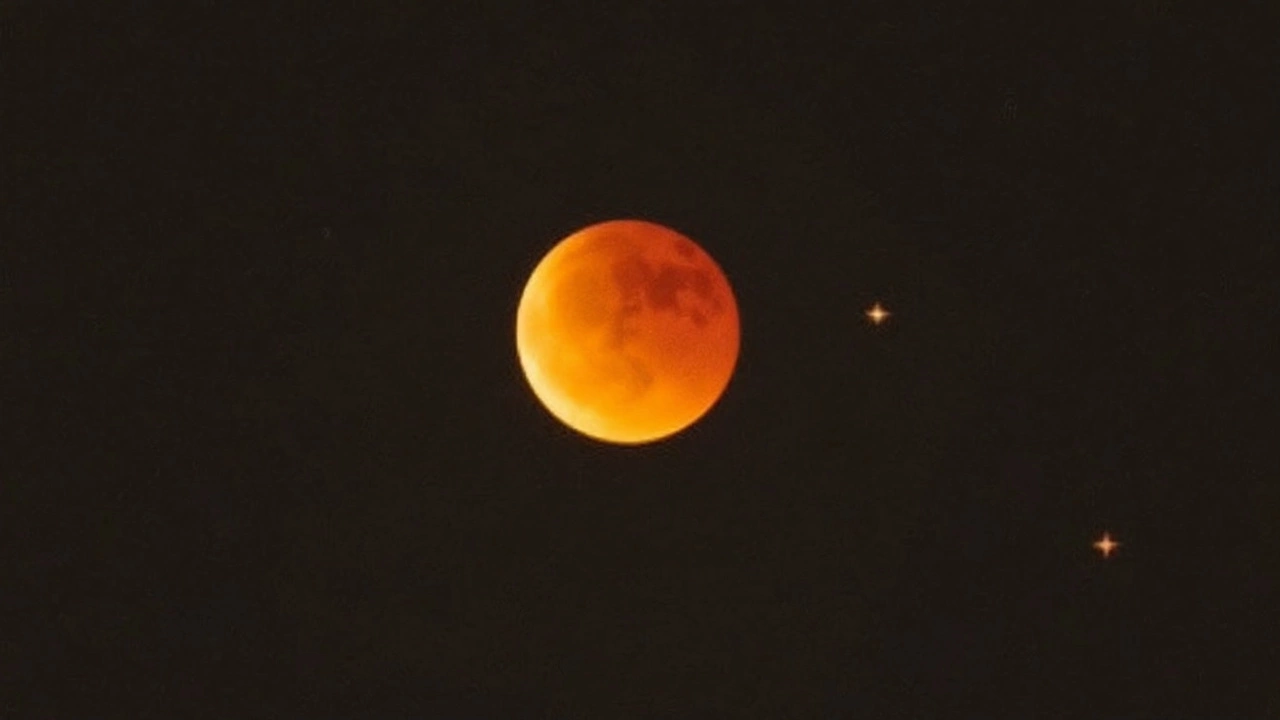Science Stories You Can’t Miss on TrackMaster Motorsports
Looking for fresh science updates that actually matter to you? You’ve landed in the right spot. We break down space news in plain language, so you can grab the key points without wading through jargon. Below are two hot topics that are buzzing right now – an exotic exoplanet that might host life and a blood moon eclipse you can see from the UK.
Exoplanet Spotlight: K2-18b’s Possible Life Signs
K2-18b is a super‑Earth orbiting a red dwarf star about 124 light‑years away. Recent data hinted at dimethyl sulfide, a chemical that on Earth comes mostly from microbes. That sparked a heated debate: is the molecule a genuine biosignature, or could it be produced by non‑biological processes?
Scientists using the James Webb Space Telescope are now re‑examining the planet’s atmosphere. If the signal holds up, it could be the first hint of life beyond our solar system. If not, it still teaches us how tricky it is to read alien atmospheres. Either way, the story shows how fast exoplanet research is moving.
What does this mean for you? It means the next few years could bring breakthroughs that reshape our view of life in the cosmos. Keep an eye on updates from JWST – they’ll likely drop new findings every few months.
Blood Moon Eclipse Over the UK – When and How to Watch
Mark your calendar for March 14 2025. The UK will see the early‑morning phase of a partial lunar eclipse, often called a “blood moon” because the moon takes on a reddish tint. The event starts at 3:57 am GMT and ends around 6:19 am, so you’ll need to be up before sunrise.
Best viewing spots are in western England and Wales, where the horizon is clear. You don’t need any special equipment – just a comfortable chair, a warm blanket, and maybe a cup of tea. If you have binoculars, they can enhance the view, but the naked eye works fine.
Why watch it? Apart from the sheer cool factor, eclipses remind us how connected we are to the universe’s rhythms. Plus, it’s a great excuse to get outside and enjoy a quiet early‑morning moment.
Got questions about where to find the eclipse in the sky? Look for the moon low in the west just before dawn. As the eclipse progresses, the moon will darken and turn copper‑red. It’s a short show, but the colors are unforgettable.
We’ll keep adding more science stories as they pop up, from the latest motorsport tech to space discoveries that spark the imagination. Bookmark this page, and check back often – there’s always something new to learn.





